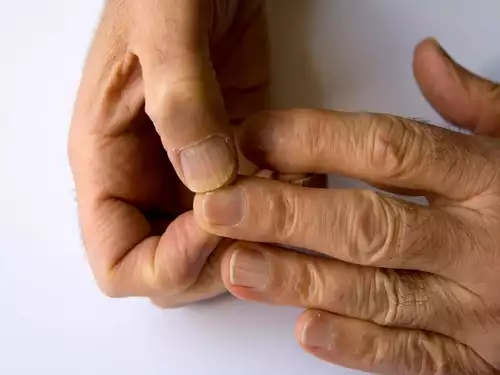High cholesterol can often be detected by simply looking in the mirror. Doctors note that certain signs, such as bumps near the eyes and swelling in the hands and legs, can indicate high cholesterol, which increases the risk of heart attacks and strokes.
It is confirmed that a lot people around the world have high cholesterol, which is when a fatty substance accumulates in blood vessels, restricting blood flow to and from the heart. Despite this, around 40% of people with this ailment are unaware and untreated because the condition is typically diagnosed via a blood test.
Cholesterol, found in animal products like meat and egg yolks, is produced in the liver and can be exacerbated by diets high in saturated fats and obesity. Higher cholesterol levels correlate with a higher risk of heart attacks and strokes. Treating high cholesterol with medication could potentially prevent millions of heart attacks and strokes annually.
There are visible signs of high cholesterol that many people are unaware of. Yellow-tinged bumps around the eyes, known as xanthelasma, and similar bumps and swelling in the hands are common indicators. These bumps are usually not painful but signify fat in the bloodstream.
A thin blue, white, or gray ring around the iris is another sign, especially noticeable in older men. Retinal vein occlusion, causing a bulging eye, occurs when fat blocks the vein supplying blood to the retina, leading to fat leakage.

In the hands, swelling around the knuckles and pain in the tendons are common signs. High cholesterol can also cause a tingling sensation in the hands and legs due to reduced blood flow, although it doesn’t cause numbness.
Cholesterol, while necessary for certain bodily functions like making hormones and digesting food, can be harmful in excess. Pale nails can indicate poor blood flow to the hands, and tingling in the legs may suggest peripheral artery disease (PAD), which narrows arteries and increases the risk of ulcers, particularly in the kidneys and stomach.
